9 gross things you forget to clean around your home
When was the last time you cleaned any of these items?
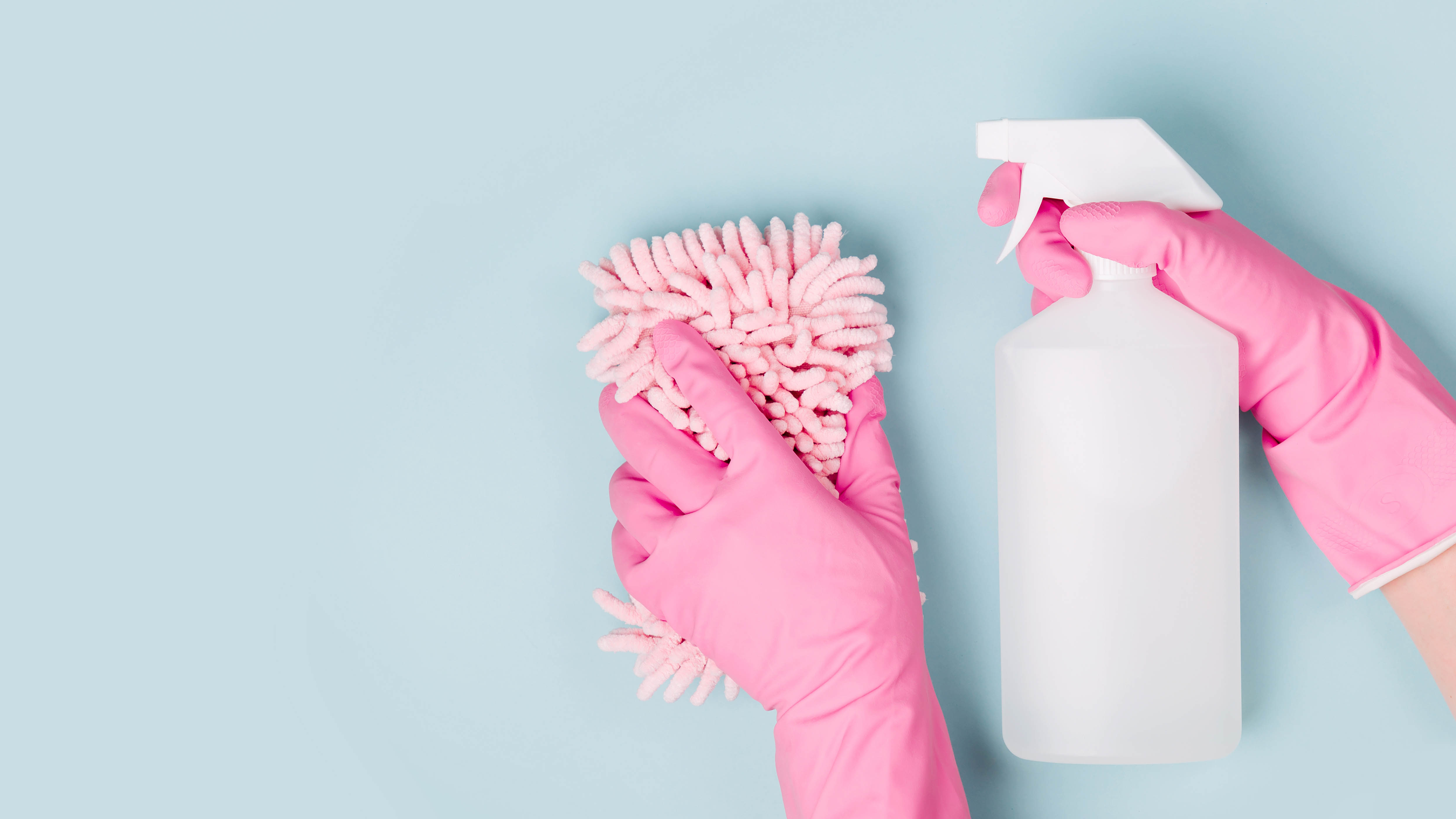
When it comes to cleaning our homes, many of us tend to focus on scrubbing the toilets, dusting surfaces and vacuuming the floors. The trouble is, so much of this becomes routine, that there are in fact areas and items which get completely forgotten about. And considering their regular use, this can get gross quite quickly.
These items can be found all over the home — you might even be aware of some, but they’re often still ignored for one reason or another. Usually, we just put off the task until a more convenient time, which never comes. It’s best to break this habit and make time to clean these neglected objects, otherwise your home will continue to harbor germs and bacteria despite your best cleaning efforts. Not sure which items we’re talking about? Here are 9 gross things you forget to clean around the home.
Also, if you like quick tasks, beware of these 5 things you should never clean with a Magic Eraser.
1. Phone
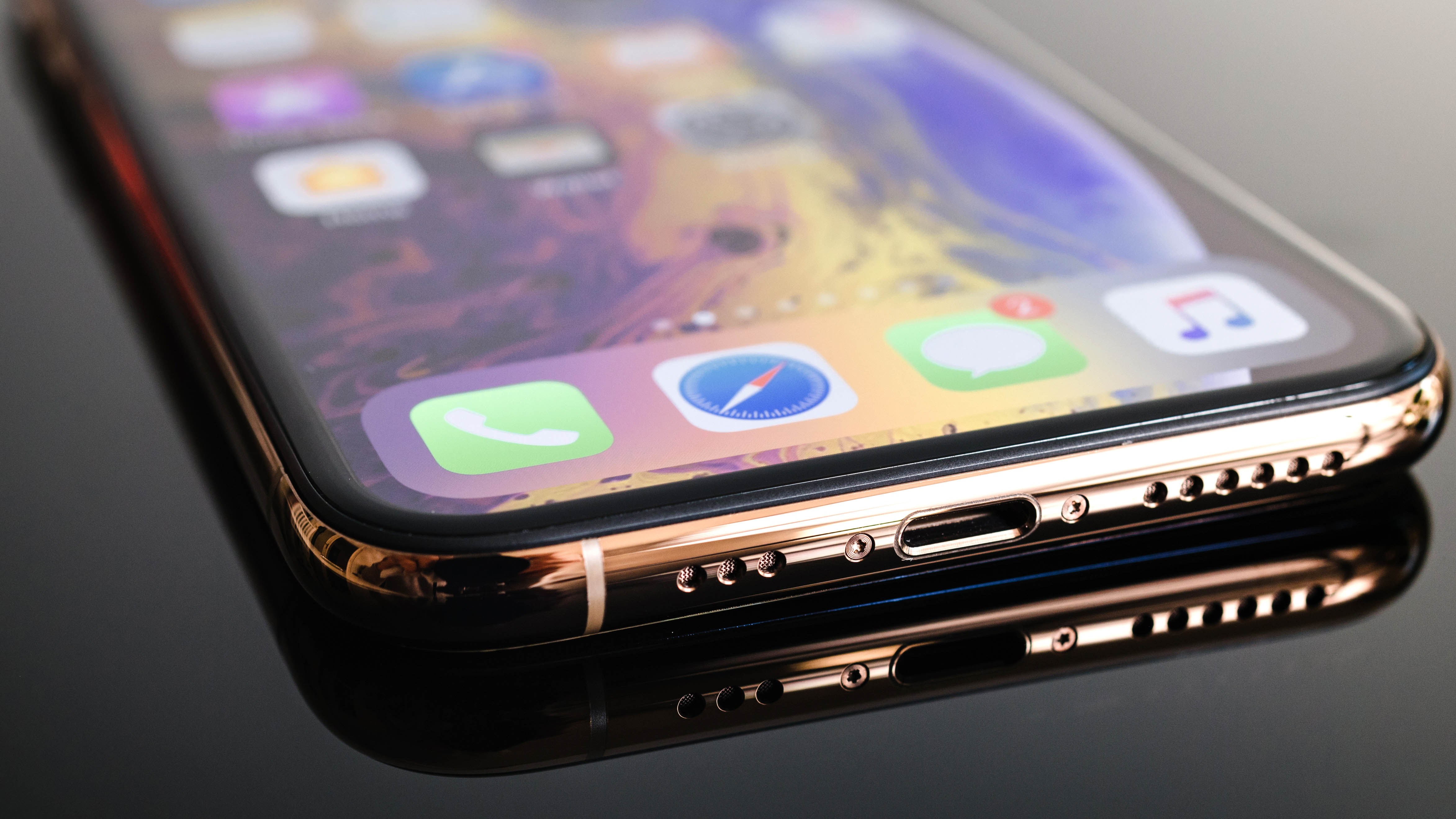
You handle your phone throughout the day, everyday. So, it’s not hard to imagine how much bacteria has built up on it. Considering you often hold this device to your face, are you cleaning it often enough? Such a chore can seem daunting, especially because cleaning electronics always warrants caution. However, it’s good practice to learn how to clean your phone the right way and get into the habit of doing this regularly.
You should follow the cleaning instructions given by your manufacturer. This might involve using alcohol wipes or a damp microfiber cloth. Whatever advice is given, you should refrain from applying excess moisture to your phone as you clean it and keep liquids away from any openings, such as the charging port.
Make sure you remove and clean the phone case too — there are all kinds of crevices for dust and gunk to build up. Want to give your phone a full once over? Here’s how to clean iPhone speakers and how to clean an iPhone’s charging port.
2. Earbuds
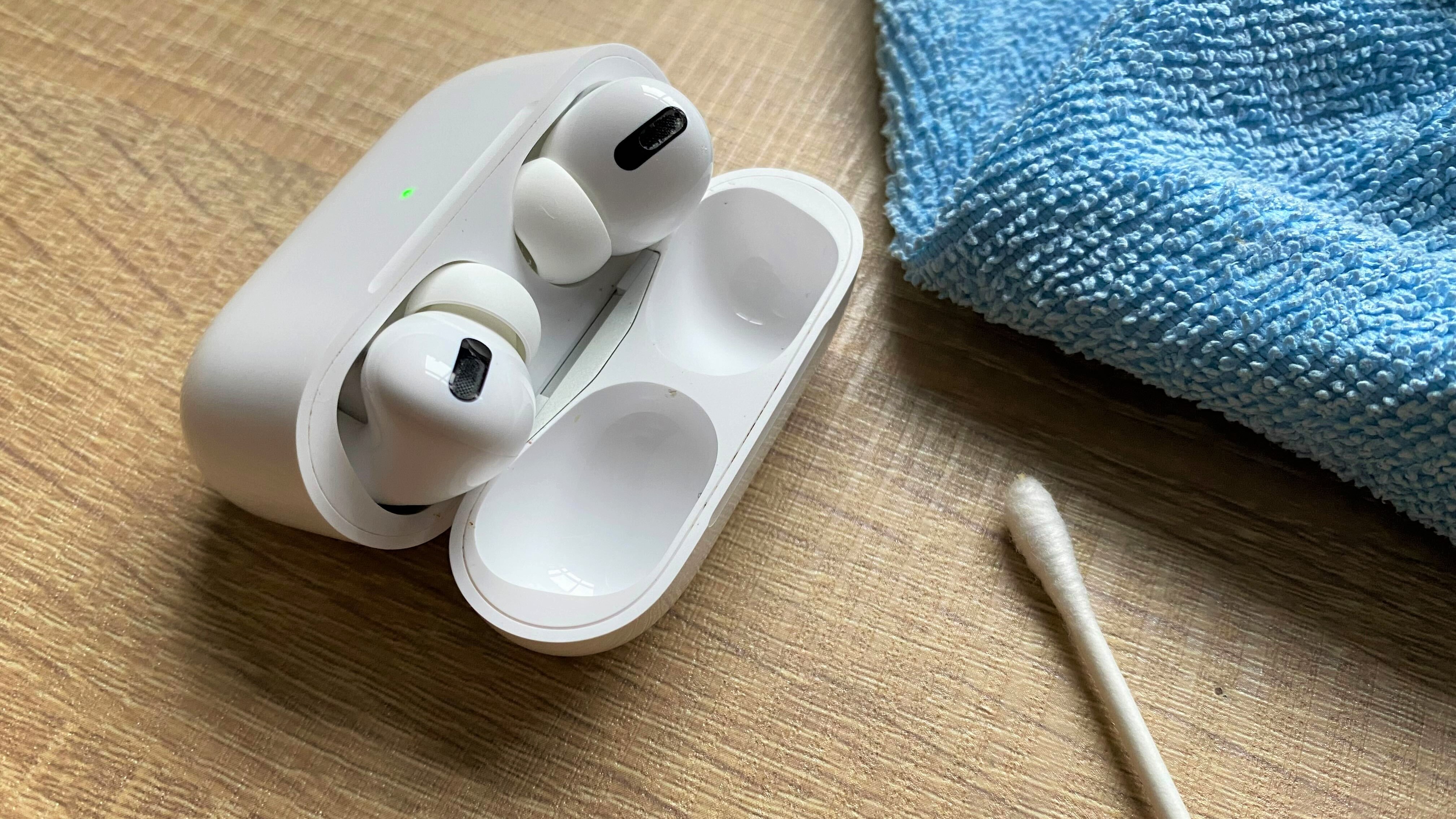
We rely on the best earbuds day in day out, whether we’re commuting, exercising or simply relaxing at home. But, when was the last time you had a proper look at the state of the speakers? Odds are, there’s traces of earwax all over the surface, and dust caught on the silicone. Not only is this pretty gross, it can impact the quality of the sound produced from your earbuds, so it’s important that you clean your earbuds when necessary.
Sign up to get the BEST of Tom's Guide direct to your inbox.
Get instant access to breaking news, the hottest reviews, great deals and helpful tips.
If you own a pair of Airpods, all this requires is a microfiber cloth and a cotton swab. For full details, see our guide on how to clean Airpods. Otherwise, you should follow the instructions given by your manufacturer. Above all else, don’t submerge the earbuds in water as this will break them — a damp microfiber cloth is usually preferential. Once you’re finished, your earbuds will look and sound as good as new again.
3. Bedding
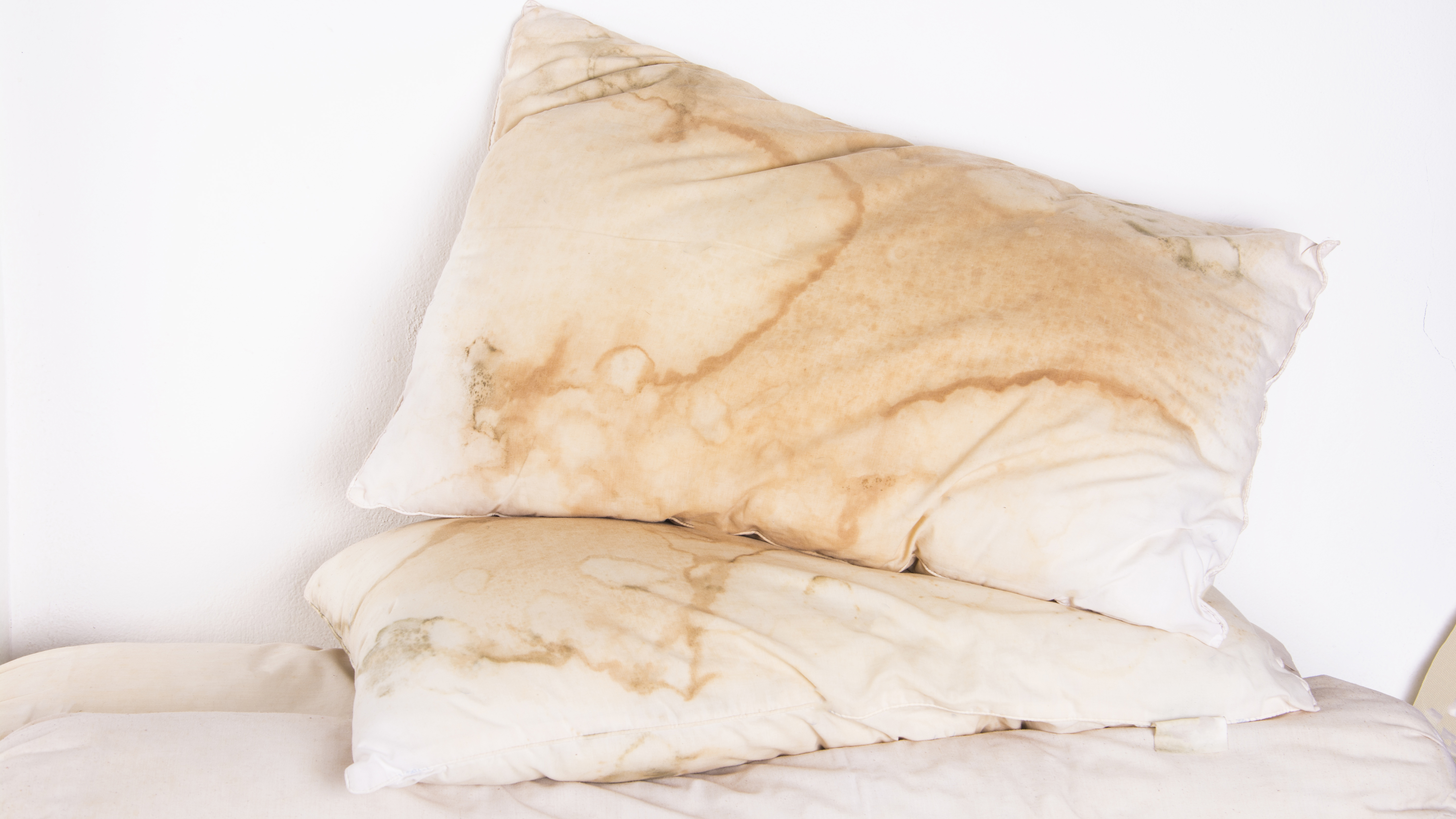
When we say bedding, we’re referring to the actual pillows and duvet itself, although many people don’t wash the sheets as often as they should either. (Here's how often you should wash your sheets, FYI.) Every night we spend in our beds, we secrete sweat and oils into our pillows and duvet. That’s why you might notice gross yellow stains cropping up across the surface. When you spot this, it’s never a welcome sight. The problem is, bedding can be awkward to clean.
First, due to the size and fillings of your bedding, washing it is tricky. The bulkiness means you often need a full drum for each duvet and set of pillows. Drying can be difficult too — even if the item is clothes dryer safe, it seems they always emerge damp and need air drying to finish. On top of this, you want your bedding to be completely dry before using it, that means you likely need to start washing it at the crack of dawn. All of this deters us from washing our bedding; it’s just never a convenient time.
You must stop and wash your bedding as and when necessary though. Over time, it will harbor an increased amount of bacteria and dust mites, potentially leading to bad smells and allergies. Plus, the quality of the bedding can suffer too. As a rule, wash your pillows and duvet every four months. Here’s how to wash a pillow for step-by-step guidance. It’s good practice to keep a second set of bedding on standby for wash days as well, in case you need longer to dry.
4. Bath and toilet mats
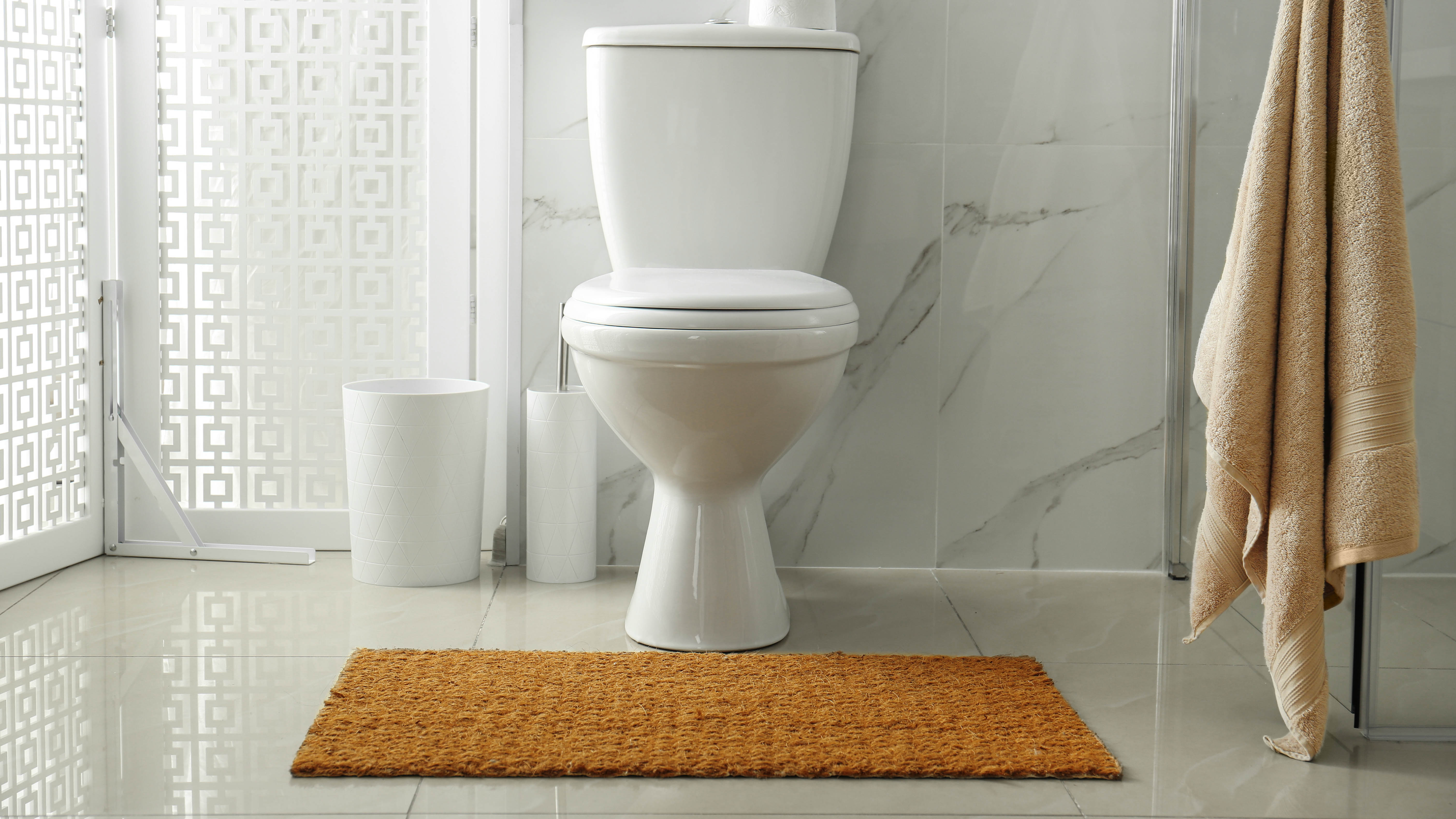
Bathroom mats often go forgotten about when it comes to laundry day. But, these can be particularly gross, so it’s best to get into the habit of washing them. Toilet mats can contain residual urine, while bath mats can harbor mold with continued use. Think of each as extensions of your towels, which need washing at least once a week. Keep in mind that the more members you have in your household, the more often these will need to be washed too.
Just remember not to toss any bath mats with rubber backing into the clothes dryer. This can melt the rubber and potentially lead to a fire. You should also hang your bath mat after each use, rather than leave it on the floor — this will speed up the drying process and prevent mold from growing.
5. Shower curtain
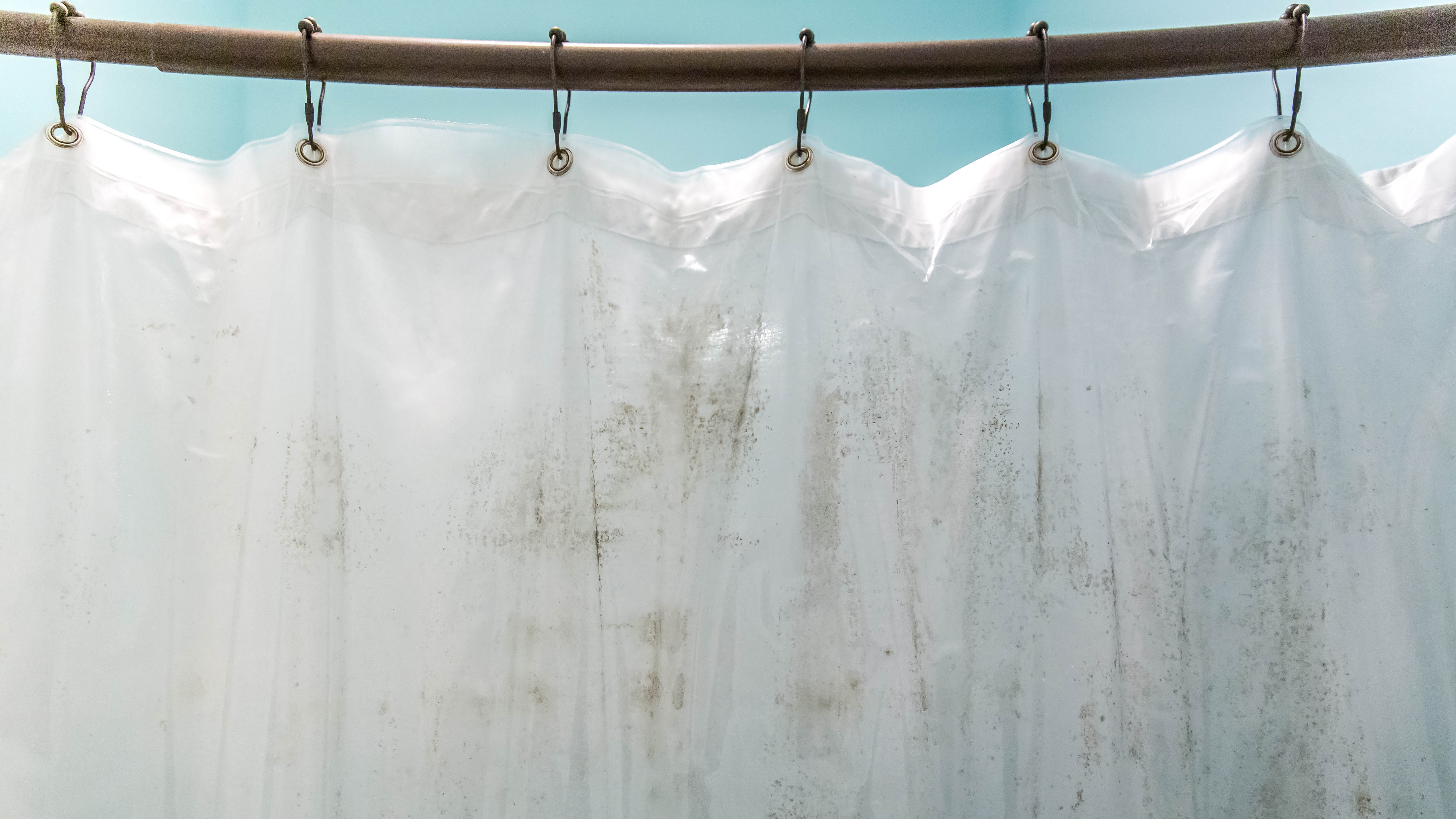
Sticking to the bathroom, when was the last time you washed your shower curtain? Even if every care is taken with drying out the shower curtain, it seems all too easy for mold to rear its ugly head. Before you know it, black specks have appeared all over the material and there’s a musty smell coming from your bathroom. It’s not a pleasant environment to shower in and only seems to get worse.
Many will opt to replace the shower curtain once it reaches this stage, but you can usually clean it via the washing machine, or wash it by hand instead. Follow the care label for guidance and here’s how to clean a shower curtain for further instructions. Going forward, make sure the bathroom is well-ventilated and the shower curtain unfurled after each use. You should aim to wash plastic shower curtains every 1-2 months.
6. Pet beds
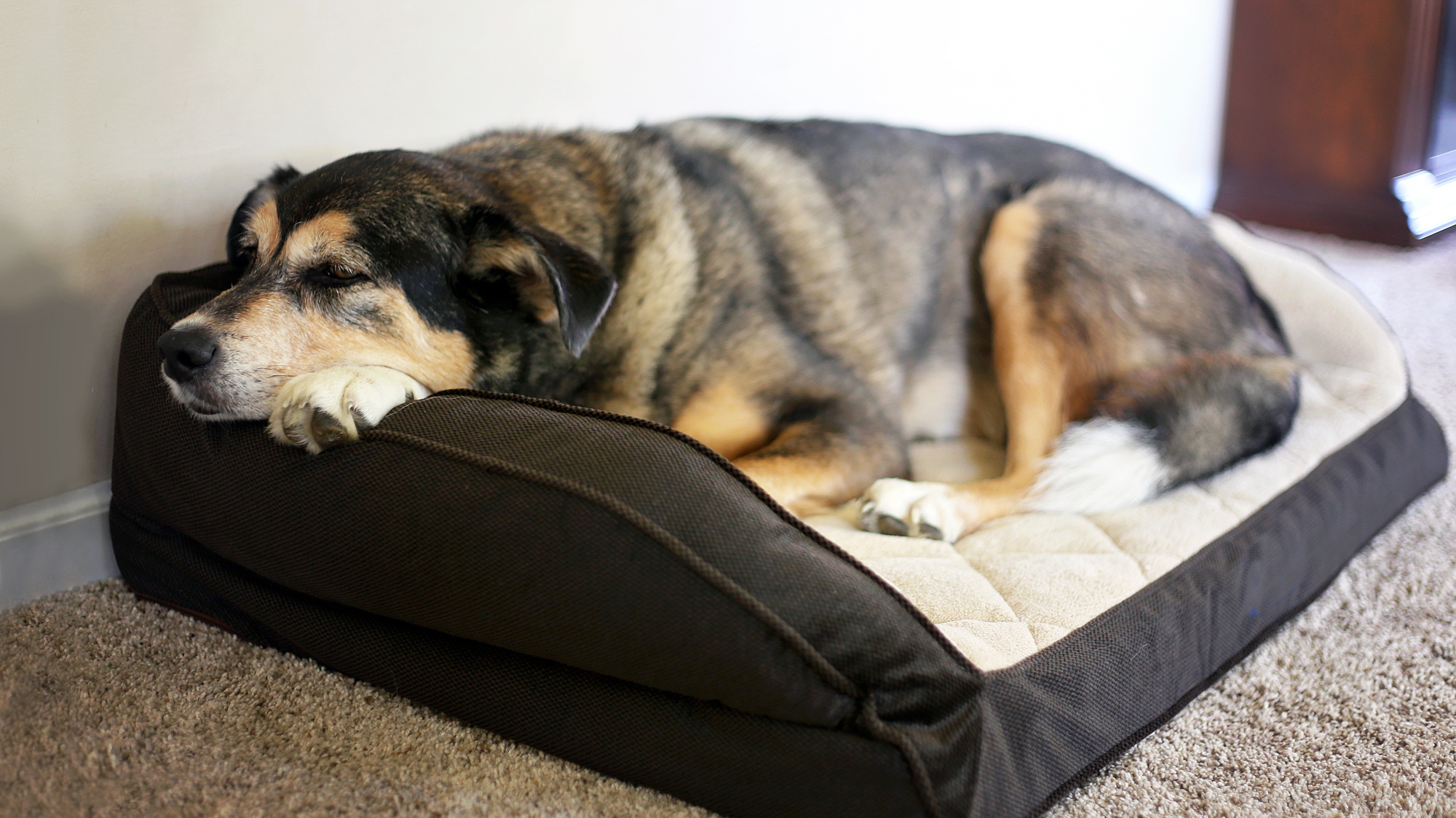
While our pets love their beds like nothing else, these will naturally harbor pet dander, germs and bacteria with regular use. If there’s an accident, there may be traces of urine and feces too. Check the care label of your pet bed to confirm, but most of these come with removable covers which can go straight in the washing machine — sometimes you can even chuck the whole thing in.
Remove as much of the pet hair as possible before washing your pet bed, and remember to use a pet-safe detergent. If you’re dealing with particular odors, you can buy a dedicated detergent additive, such as Febreze Laundry Detergent Additive for Pet Supplies ($18.93, Amazon). Dry the bedding out fully before reusing. Your pet bed should be washed as often as required, but every couple of weeks is good practice.
7. Headboard
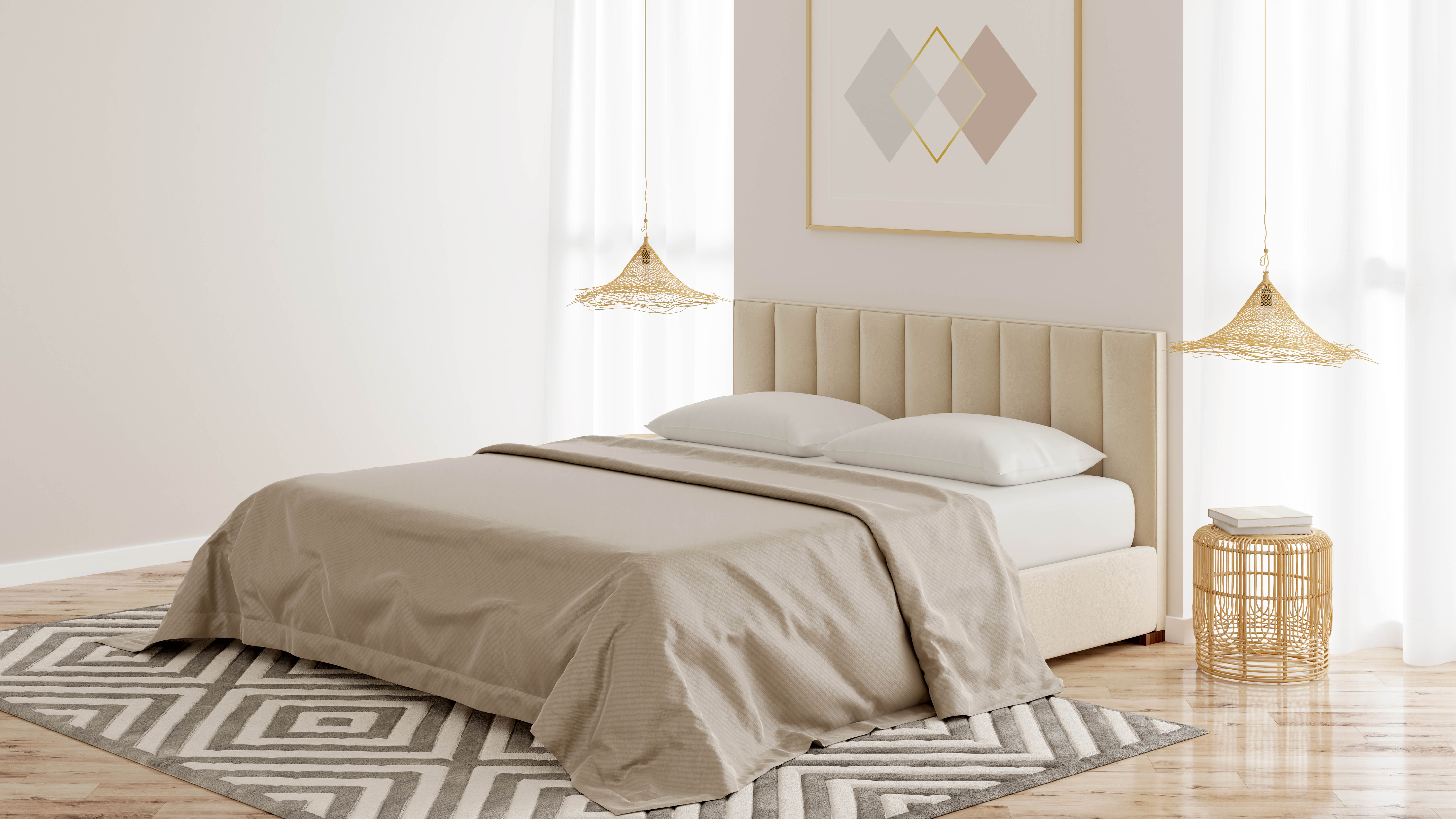
We spend a huge proportion of our lives in our beds, and yet it never seems to get the care and attention it deserves. Sheets and bedding aside, many of us don’t take the time to clean the actual bed frame itself, and as a result this can end up coated in thick dust — not ideal if you suffer from allergies. A spot which suffers in particular is the headboard. We rarely look on top of here, but considering our heads are so close to it at night, it’s a wonder we don’t give it more consideration. Run a microfiber cloth over this and you will be surprised by how much dust you collect.
Don’t forget to check over the rest of the bed as well. Underneath can be a hotspot for dust bunnies, and it’s never a bad thing to pull your bed away from the wall to give it a thorough vacuuming with one of the best vacuums.
8. Oven mitts
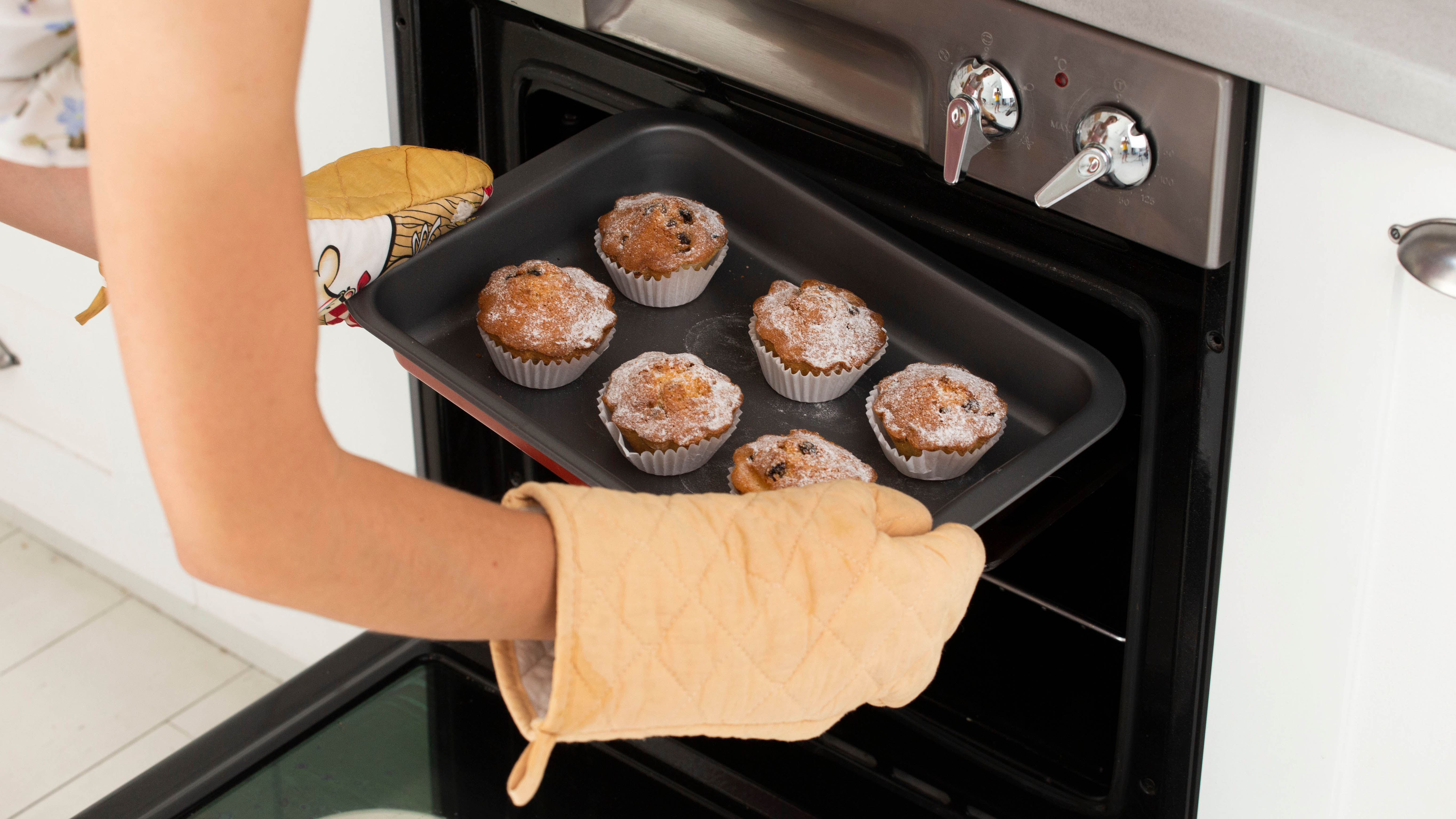
Another thing we use daily, but which we often forget to clean, is oven mitts. These pick up grease and food residue from baking sheets with each use, so you need to make time to clean them. Otherwise, the material will start to discolor and it won’t be particularly hygienic or attractive to use them and leave them on display. Follow the care label to wash your oven mitts and remember to use a hot water temperature along with biological detergent to get the best performance on stains.
While we’re here, make sure you wash your dish towels regularly too. These can pick up similar stains to your oven mitts, along with mold if you dry wet items on them often enough. Make sure these are washed and rotated every few days. Have extras on standby if needed to cover those that are in the wash.
9. Microfiber cloths
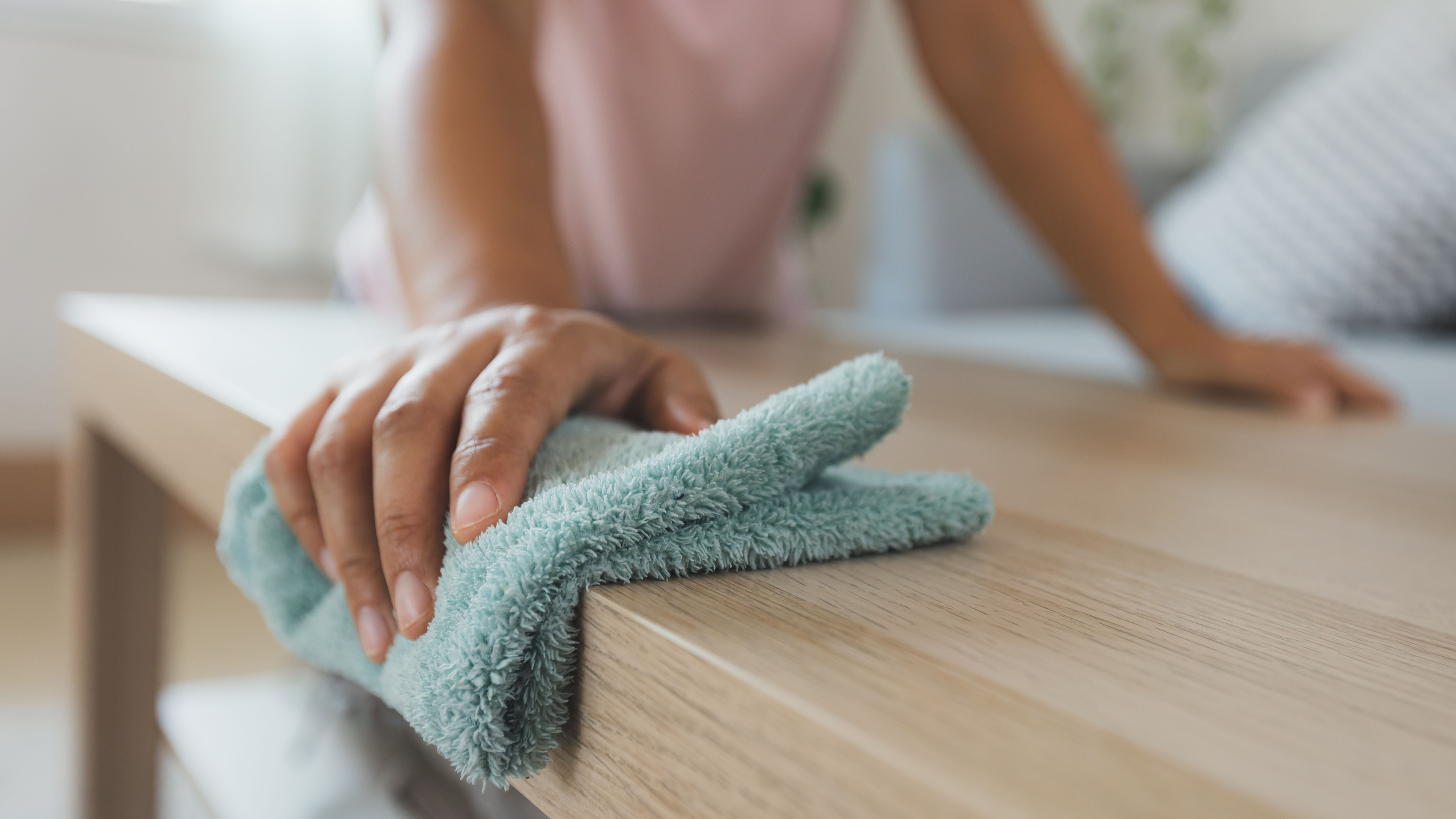
Last, but not least, don’t forget that your cleaning tools need cleaning too. We use microfiber cloths for all kinds of chores around the home, so they naturally build up germs and bacteria quickly. Thinking about it, any stains you remove are essentially contained in the cloth. That’s why you need to get into the habit of cleaning them, otherwise you’re just spreading the substance onto the next thing you clean, which makes things counterproductive.
You should clean your microfiber cloths after each use, following the care instructions. Use a dedicated microfiber cleaning solution, such as ValetPRO Microfibre Reviver ($11.64, Amazon) to keep them at their best. Wash and dry your microfiber cloths separately from your regular laundry load — this is so that you don’t spread the germs between items. It also stops your microfiber cloths from collecting lint as they dry.
Be sure to check out what makes baking soda and vinegar so good at cleaning, and 10 cleaning mistakes that will ruin your home. Plus, here's 9 things you’re hoarding, which you should throw away right now and 9 tips and tricks to cut your cleaning time in half.

Katie Mortram used to be a Homes Editor for Tom's Guide, where she oversaw everything from kitchen appliances to gardening tools, as well as smart home tech. Specializing in providing expert advice for cleaning and home manintenance, she now works as Household Advice Editor for Good Housekeeping.
